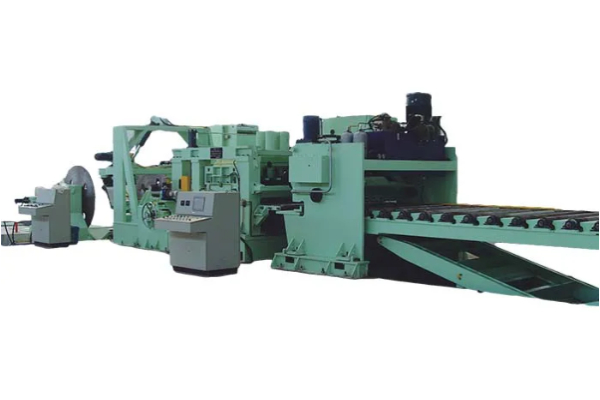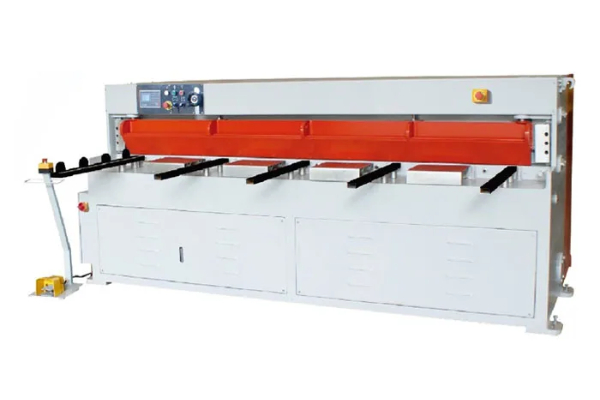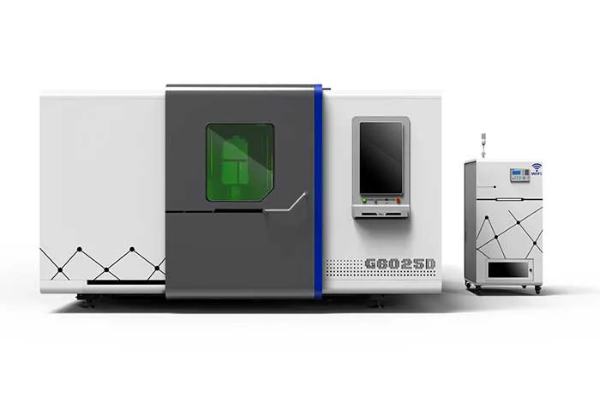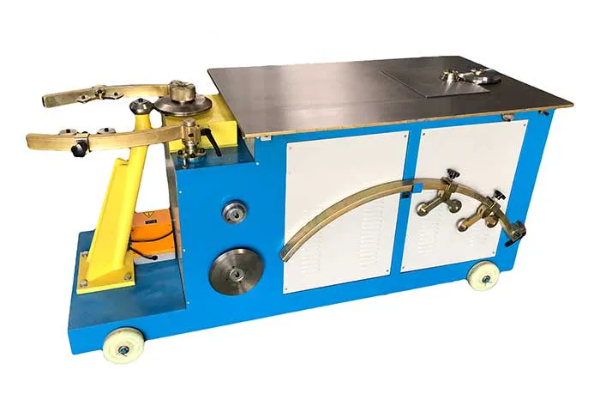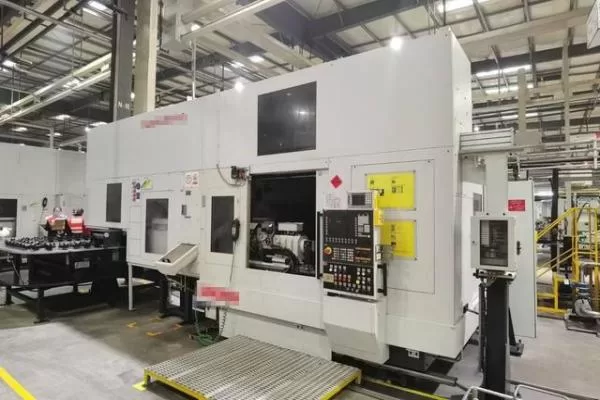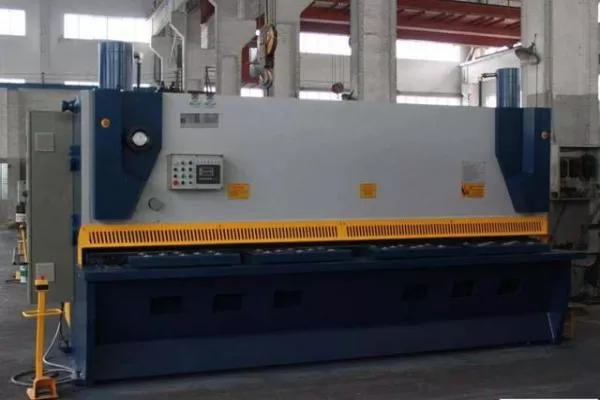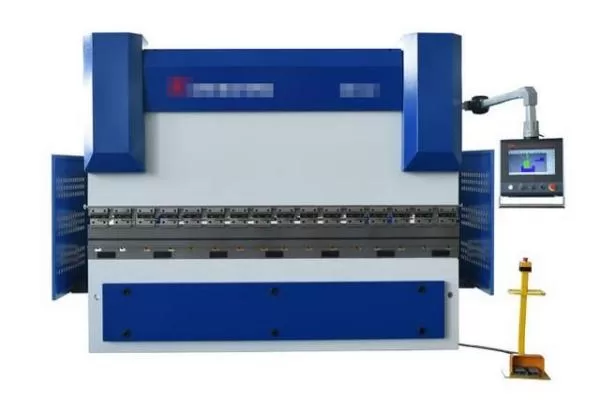
How to Choose the Right Size and Type of Plate Bender Machine
- By:Metmac
- 2024-08-12
- 135
How to Choose the Right Size and Type of Plate Bender Machine: A Comprehensive Guide for Precision Bending
In the realm of metalworking, precision plate bending is an indispensable process for creating intricate shapes and components. Selecting the right plate bender machine is paramount to achieving optimal results, ensuring efficiency, and maximizing output. This comprehensive guide will delve into the key factors to consider when choosing the perfect plate bender for your unique requirements.
1. Capacity and Dimensions:
The capacity of a plate bender determines the maximum thickness and length of plates it can bend. Carefully assess your project requirements and identify the largest plate size and thickness you will need to bend. It’s crucial to choose a machine with sufficient capacity to handle your workloads without strain or excessive wear.
2. Type of Bending:
Plate benders come in two primary types: hydraulic and mechanical. Hydraulic benders, powered by hydraulic cylinders, provide smooth, precise bends with minimal distortion. Mechanical benders, on the other hand, utilize gears and levers to generate the bending force, offering exceptional durability and high tonnage capacity. Consider the nature of your bending operations and choose the appropriate type accordingly.
3. Bending Angle and Radius:
The bending angle and radius determine the shape and functionality of the finished product. Choose a plate bender with the capability to produce the desired angle and radius accurately. It’s essential to consider the minimum bending radius, as this will limit the sharpness of the bends you can achieve.
4. Tooling and Accessories:
Proper tooling is vital for achieving high-quality bends. Various types of tooling, such as V-dies, U-dies, and wipe dies, enable different bending configurations. Choose a plate bender that supports a wide range of tooling options to enhance its versatility and cater to diverse project requirements.
5. Control and Automation:
Modern plate benders often feature advanced control systems that simplify operation and increase productivity. CNC (Computer Numerical Control) allows for precise programming and automation of bending operations, reducing setup time and minimizing errors. Consider the level of automation and control capabilities desired for your application.
6. Footprint and Ergonomics:
The physical dimensions and ergonomics of the plate bender should be considered to ensure a comfortable and efficient work environment. Choose a machine that fits the available space in your facility and provides ergonomic features such as adjustable height and intuitive controls.
7. Safety Features:
Safety is paramount in any industrial setting. Look for plate benders equipped with safety features such as foot pedals, emergency stops, and interlocks to prevent accidents and protect operators.
8. Maintenance and Support:
Regular maintenance is essential to ensure the longevity of your plate bender. Choose a machine with easy-to-access components and readily available spare parts to minimize downtime and maximize uptime. Reliable technical support is also crucial for troubleshooting and resolving any issues promptly.
Conclusion:
Choosing the right size and type of plate bender machine is a critical decision that can significantly impact your metalworking operations. By carefully considering the capacity, bending type, tooling, control, safety, ergonomics, and maintenance requirements, you can select a machine that meets your specific needs and elevates your bending capabilities.
-
Advanced Sheet Metal Rolling, Cutting, and Folding Machines for Efficient Fabrication
2025/10/22 -
High-Precision Sheet Metal Bending and Cutting Solutions for Modern Manufacturing
2025/10/22 -
High-Precision Solutions from Leading Sheet Metal Cutting Machine Manufacturers
2025/09/11 -
Reliable Sheet Metal Equipment for Sale to Support Precision Fabrication
2025/07/17
-
High-Performance Sheet Metal Equipment for Sale: Forming and Shearing Solutions for Modern Fabrication
2025/10/22 -
Precision and Performance: Advanced Sheet Metal Processing Solutions
2025/10/17 -
Advanced Sheet Metal Press, Shearing, and Forming Machines
2025/10/17 -
High-Performance Sheet Metal Laser Cutting Machines for Sale — Precision and Efficiency Combined
2025/10/17
-
A Guide to the Latest Innovations in Sheet Metal Folding Machines
2024/11/29 -
Key Features to Consider When Investing in a Sheet Metal Folding Machine
2024/11/28 -
Enhancing Precision with Advanced Sheet Metal Folding Machines
2024/11/27 -
How to Choose the Right Sheet Metal Folding Machine for Your Workshop
2024/11/26
